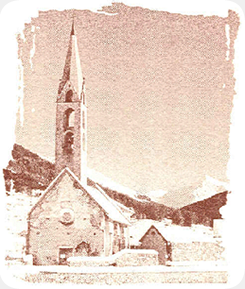Speaker
Description
The search for Triaxial Superdeformed (TSD) bands in the N~90 isotones has been a subject of interest for the past two-three decades [1-7]. The focus on these studies has been mainly confined to ultra-high spin states. In these studies, high spin structures with enhanced deformation have been reported and associated with the phenomenon of Triaxial Superdeformation.
The phenomenon of TSD bands has recently become more interesting as recent theoretical predictions in the same region (N ~ 90 isotones) suggests that the phenomenon of TSD bands may also be found at low spin, with 0+ states or the so-called β [8-13] band being the most promising candidate. A Letter-of-Intent from our collaboration has been accepted by the ISOLDE and Neutron Tine-of-Flight Experiments Committee to develop beams of 160-164Yb for Coulomb Excitation measurements, with the eventual goal of testing the prediction that the “beta” bands of these nuclei are in fact triaxial superdeformed bands.
To this end, we present a comprehensive systematic dataset comprising of low-lying positive parity bands (β and γ bands) in even-even isotopes with N ~ 88 to 92 and proton numbers Z ~ 62 (Sm) to 70 (Yb). The data are compared with the solutions of the five-dimensional collective Hamiltonian (5DCH) based on the covariant density functional theory (CDFT). The results of this comparison are presented here and the implication on the interpretation of the first excited 0+ states is there from discussed.
References:
[1] J. Ollier et al., Phys. Rev. C 83 044301 (2011)
[2] M. Mustafa et al., Phys. Rev. C 84 054320 (2011)
[3] X. Wang et al., to be published
[4] A. Aguilar et al., Phys. Rev. C 77, 021302 (2008)
[5] P. Bringel et al., Eur. Phys. J. A 24, 167 (2005).
[6] D. Hartley et al., Phys. Rev. C 80, 041304(R) (2009).
[7] G. Andersson et al., Nucl. Phys. A268, 205 (1976).
[8] S. N. T. Majola al., Phys. Rev. C 100, 044324 (2019).
[9] J. F. Sharpey-Schafer, R. A. Bark, S. P. Bvumbi, T. R. S. Dinoko, , and S. N. T. Majola, Eur. Phys. J. A 55, 15 (2019).
[10] R. A. Bark, S. N. T. Majola, Z. Li et al., EPJ Web Conf. 178, 02012 (2018).
[11] S. N. T. Majola et al., Phys. Rev. C 101, 044312 (2020).
[12] S. N. T. Majola, D. J. Hartley, L. L. Riedinger, J. F. Sharpey-Schafer, J. M. Allmond, C. Beausang, M. P. Carpenter, C. J. Chiara, N. Cooper, D. Curien, and B. J. P. Gall, Phys. Rev. C 91, 034330 (2015).
[13] S. Jehangir, G. H. Bhat, J. A. Sheikh, S. Frauendorf, S. N. T. Majola, P. A. Ganai, and J. F. Sharpey-Schafer, Phys. Rev. C 97, 014310 (2018).
| Topic | Nuclear Structure and Nuclear Astrophysics |
|---|

